Boeing’s 737 output at risk with key supplier in labor turmoil

The clock is ticking on Boeing’s plan to increase output of its best-selling jet, as a key supplier heads back to the bargaining table in a labor dispute that has already shut down production of fuselage assemblies for the 737 Max.
Boeing’s goal of raising build rates by almost a quarter to 38 jets a month by midyear and then beyond was put in jeopardy on Thursday when Spirit AeroSystems suspended factory work in Kansas, where employees build most of the narrow body’s frame.
About 6,000 members of the International Association of Machinists and Aerospace Workers rejected a four-year contract offer and voted overwhelmingly to strike.
Spirit is due to restart negotiations on Saturday with union leaders who had backed the earlier deal and have since told workers that “the membership has been heard.”
Spirit, once part of Boeing, makes most of the 737 frames and ships them by rail to Seattle-area factories.
While the plane maker has some spares, a production glitch in April that temporarily halted shipments from its former unit means Boeing may have a smaller buffer available than normal.
“Our best guess is that a possible strike of even 2-3 weeks would start to impact BA’s 737 output,” Cowen analyst Cai von Rumohr wrote in a research note.
The main sticking points are maintaining health insurance coverage, Spirit’s onerous mandatory overtime policies and the length of the contract, said Cornell Beard, who heads District 70.
Union members want a three-year deal instead of the four-year term in the management offer.
The work stoppage sent shares of both companies reeling on Thursday, as investors weighed the potential impact on Spirit’s shaky finances and Boeing’s output of the 737 Max, a crucial driver of cash flow.
The single-aisle aircraft provided about 70% of Boeing’s first-quarter revenue, according to George Ferguson, an analyst with Bloomberg Intelligence.
Boeing declined as much as 1.5% in New York on Friday, a day after posting the biggest drop in the Dow Jones Industrial Average.
Spirit rose as much as 2.3%, offsetting some of Thursday’s 9.4% slide – its largest decline since May 3, when the company disclosed that it will receive cash advances of $280 million from Boeing and other customers to shore up its balance sheet.
Boeing is looking at moving to a monthly 737 build rate of 42 jets before the end of the year, commercial chief Stan Deal told Bloomberg TV at this week’s Paris Air Show.
Spirit AeroSystems had also been training new hires and worked with its own suppliers to support the two 737 rate increases planned for this year.
Deal said in an internal memo seen by Bloomberg that employees should “stay focused on our task at hand,” and that the company will provide an update once it gains “further insights” from Spirit.
The Wichita complex also makes engine pylons for Airbus’s A220 narrow body and the carbon composite nose section of Boeing’s 787 Dreamliner.
Airbus regularly evaluates suppliers and monitors their financial health, factoring these assessments into contingency planning, a spokesman said.
One standard tactic to withstand potential labor turmoil is to stockpile inventory.
But Arlington, Virginia-based Boeing likely has fewer 737 fuselages available as a result of the April vertical-fin defect that originated at Spirit, according to Kristine Liwag, an analyst with Morgan Stanley.
She estimates that repairs will be needed for about 40 of the roughly 65 fuselages Boeing had stored as a buffer.
One mitigating factor for Boeing may be the large numbers of already built 737s that are now being reworked before delivery to customers.
Should production of new planes be forced to stop, there’ll still be work to do at its factories, and Boeing can keep delivering planes.
Boeing’s 737 inventory of undelivered 737 jets stood at 225 at the end of the first quarter.
It plans to work the figure down alongside shipments of newly built jets as Boeing targets 400 to 450 737 deliveries this year.
At best, a new offer could be approved and Spirit workers back on the job toward the end of next week, according to Ken Herbert, an analyst with RBC Capital Markets.
However, the rejection of the package by a 79% margin with 85% of workers backing a strike suggests “a clear disconnect” between Machinist leadership and its members.
“We expect that pressure from Boeing will contribute to Spirit’s desire to put something in front of the union that will get accepted,” Herbert said in a research note.
“But we can also appreciate that the union knows it has an opportunity now to be very aggressive with its demands, so there is an element of uncertainty on the timing of a resolution.”